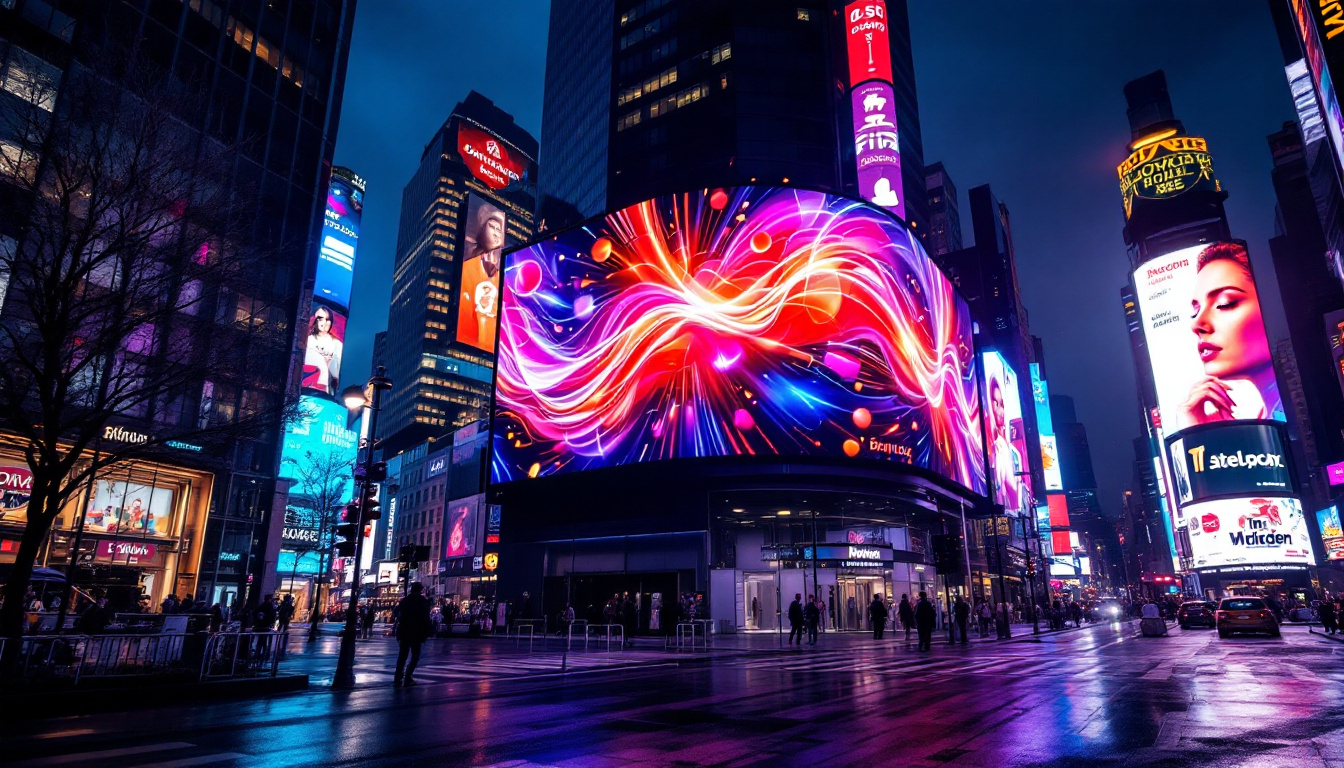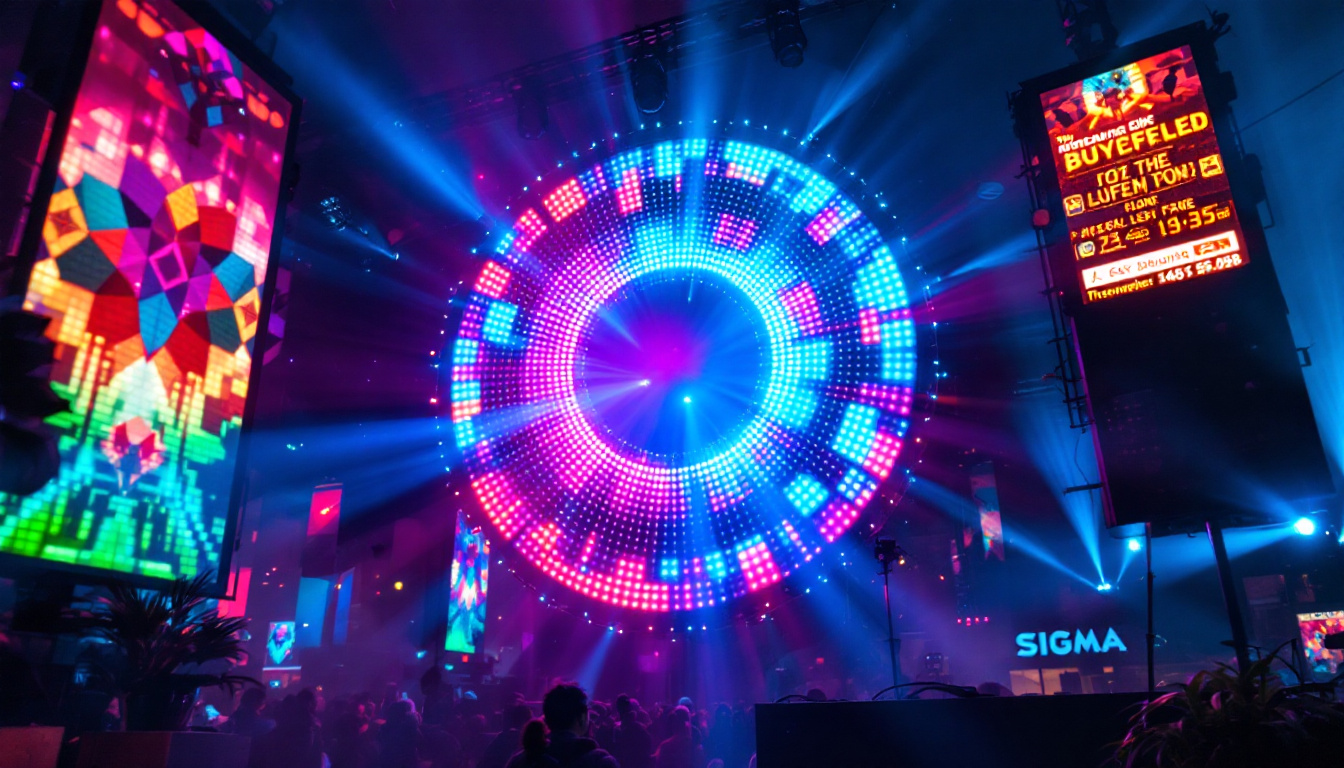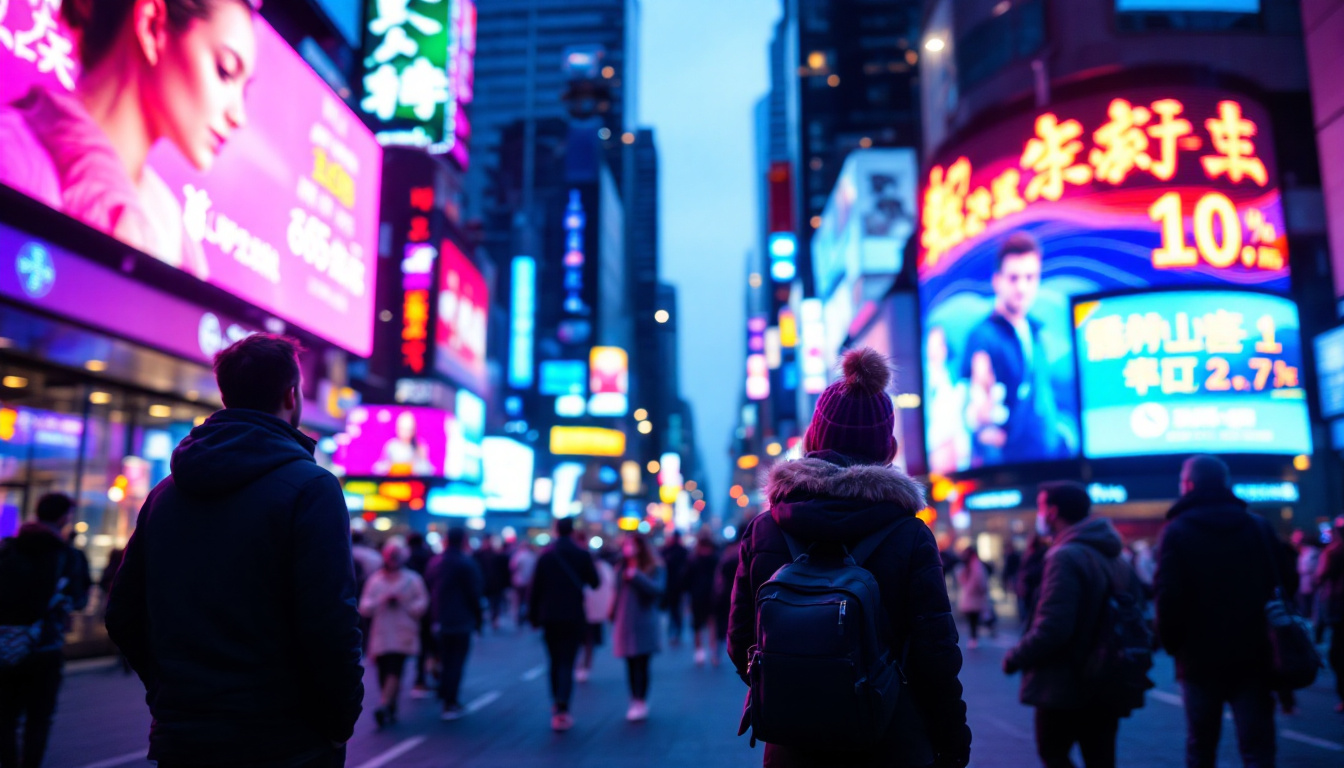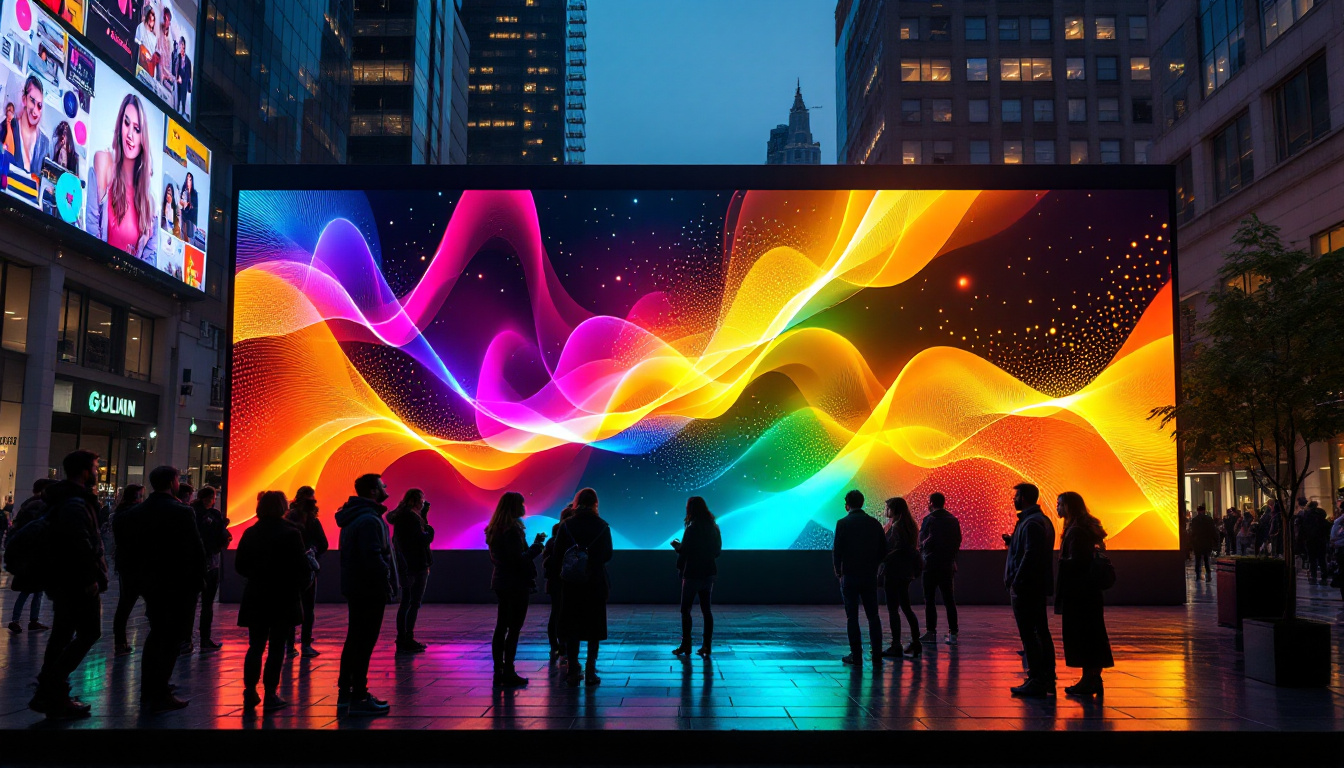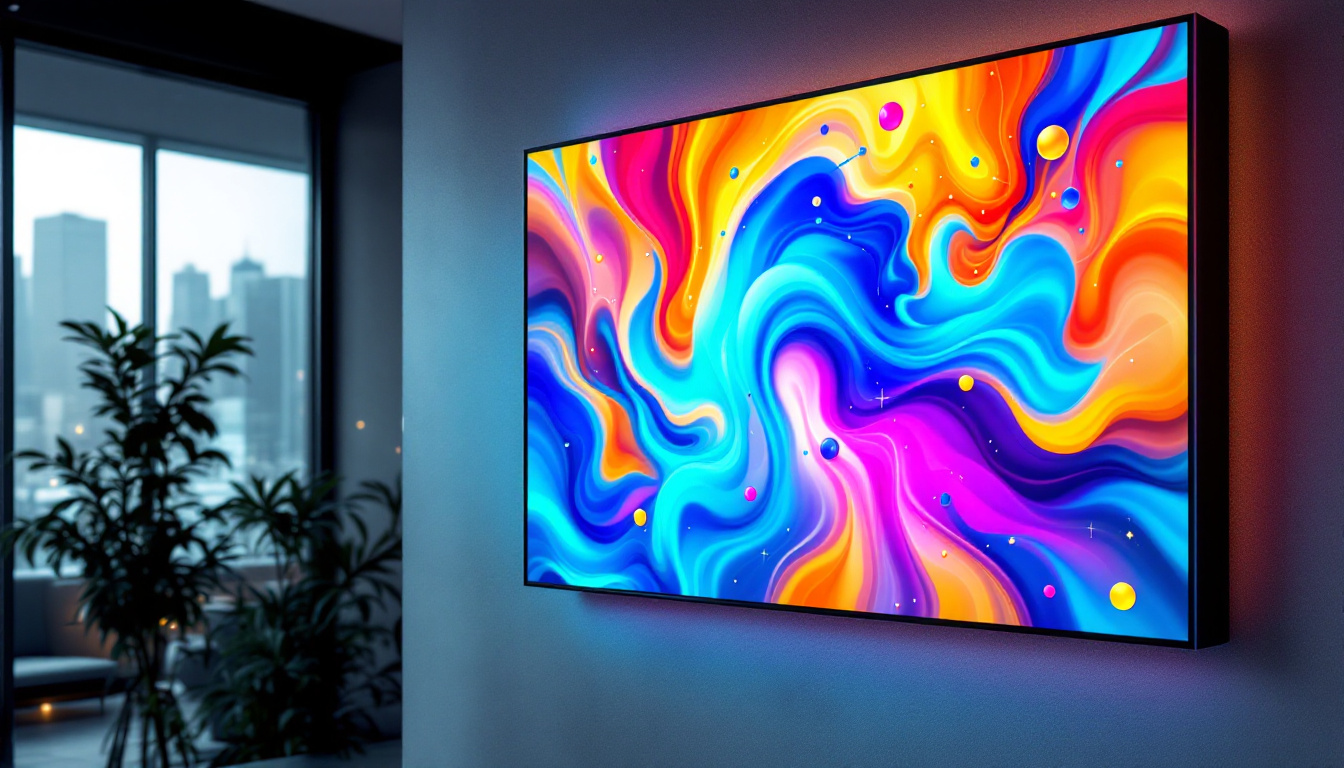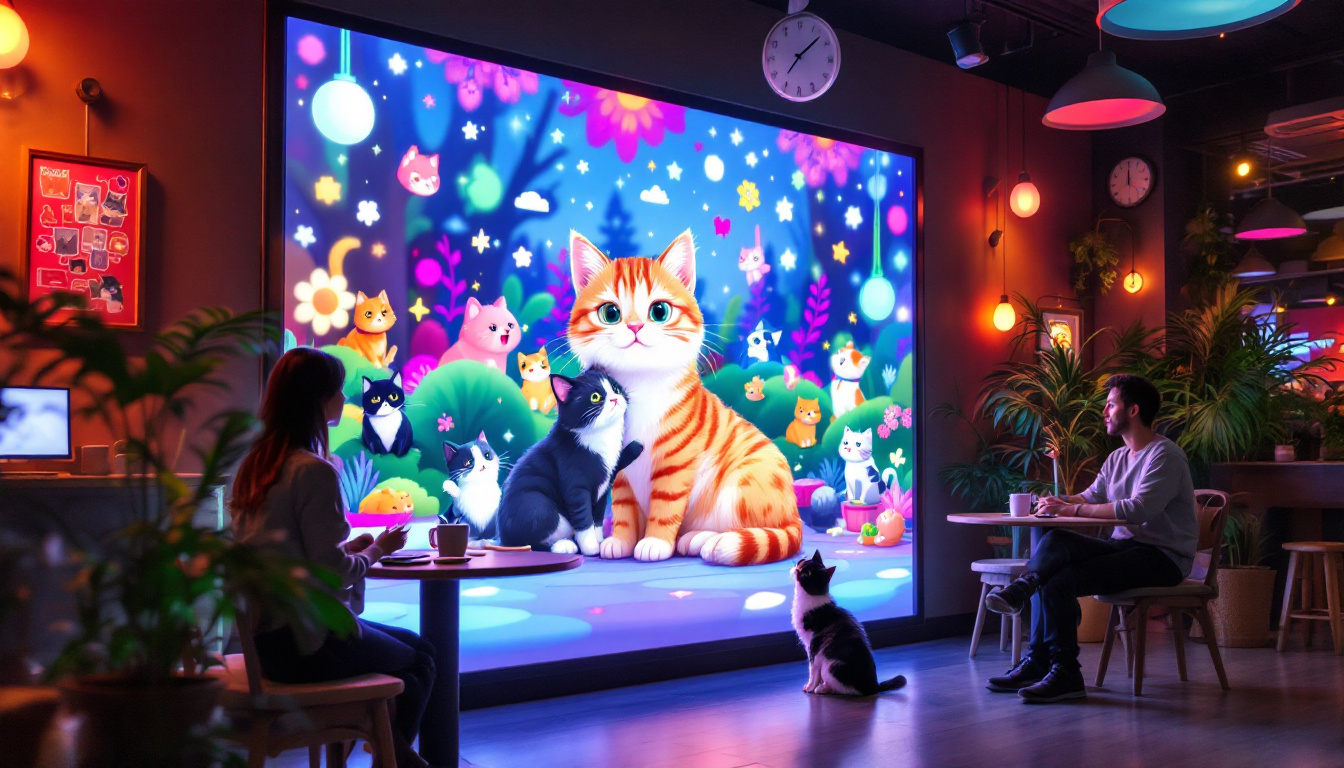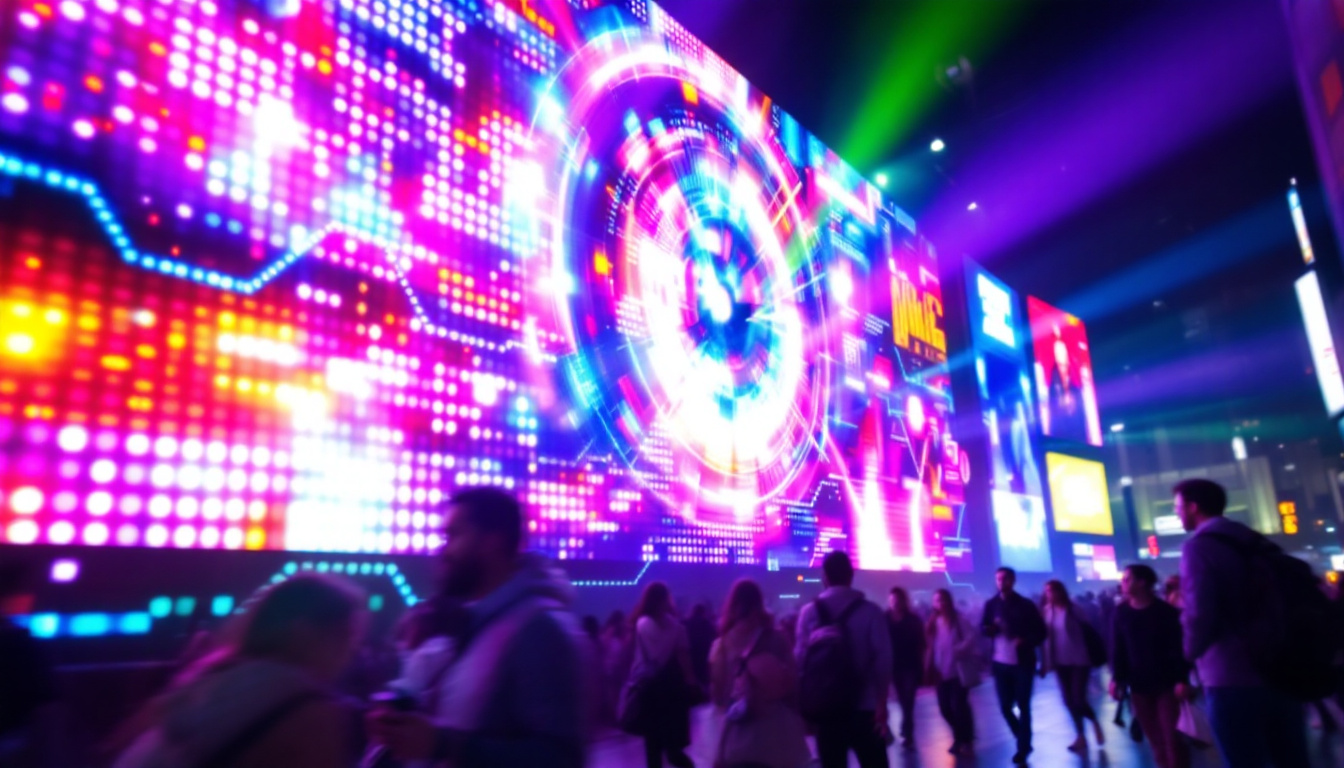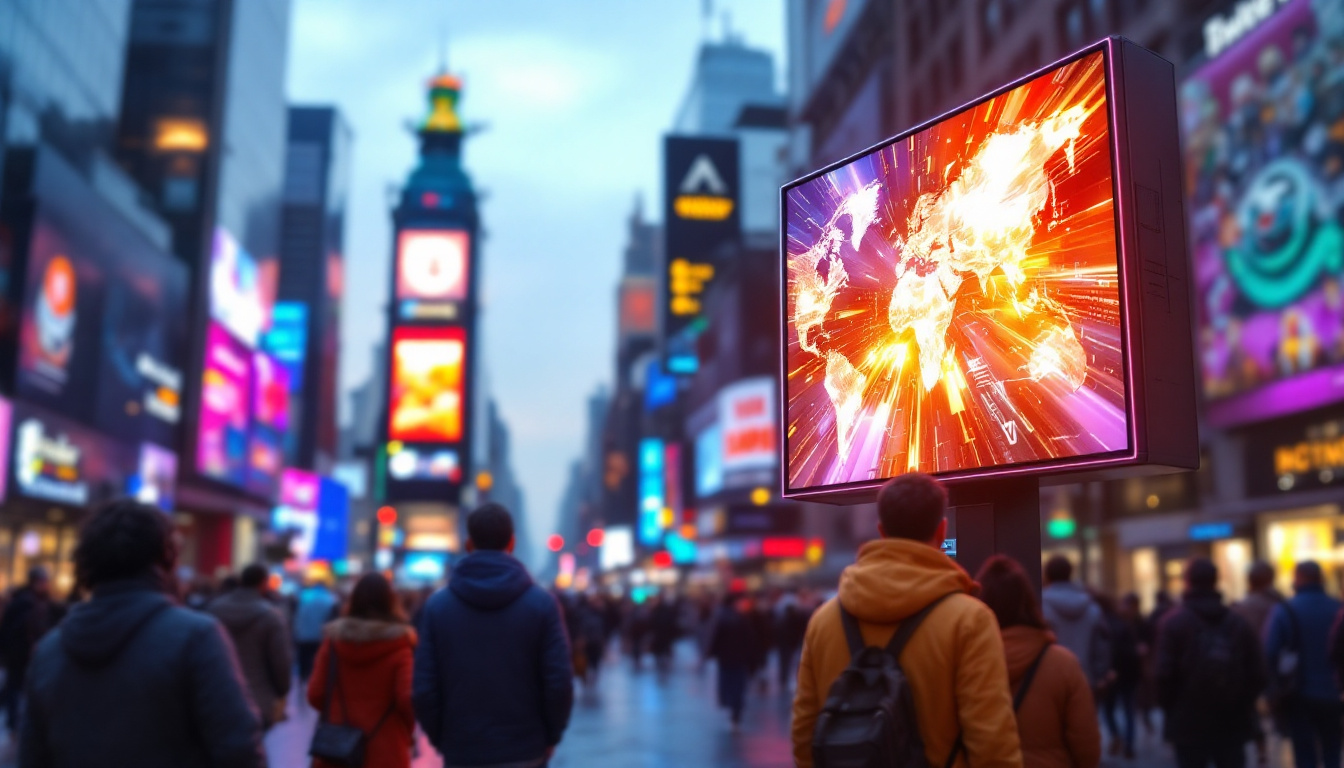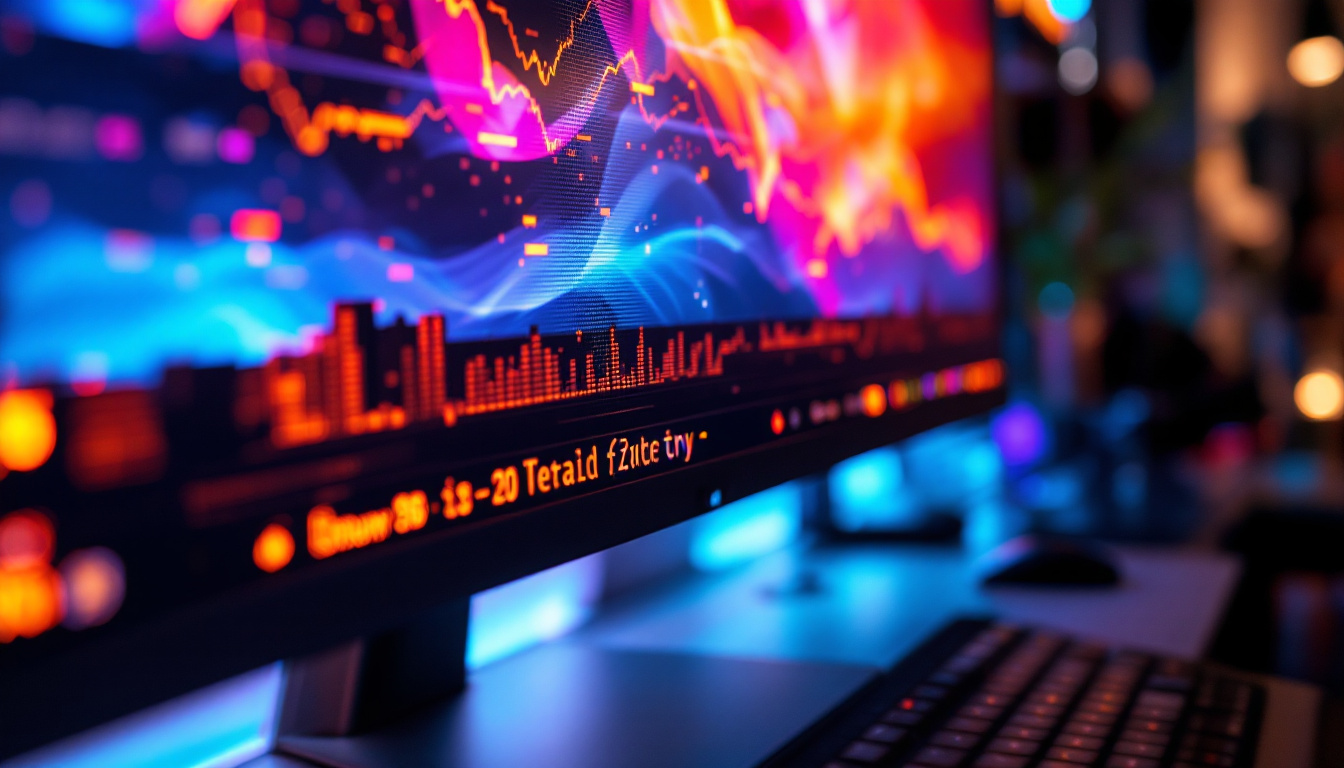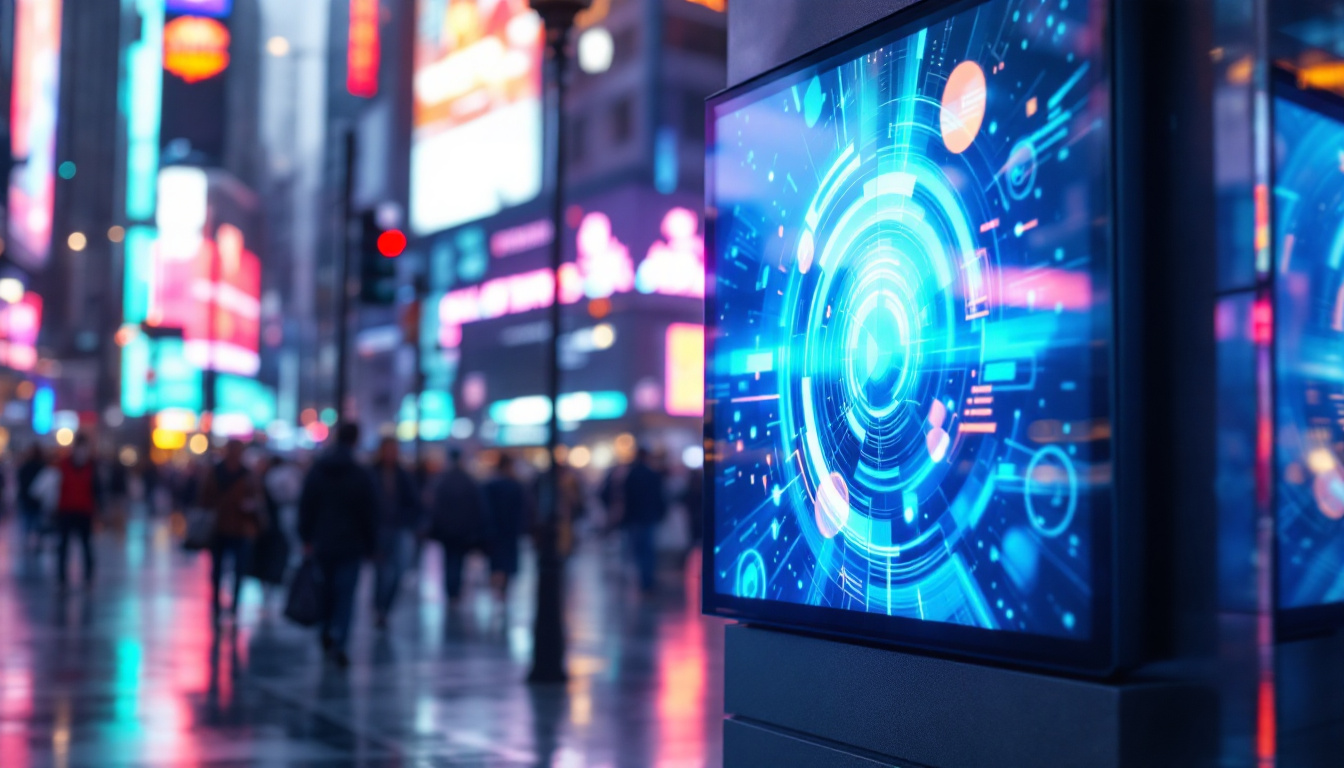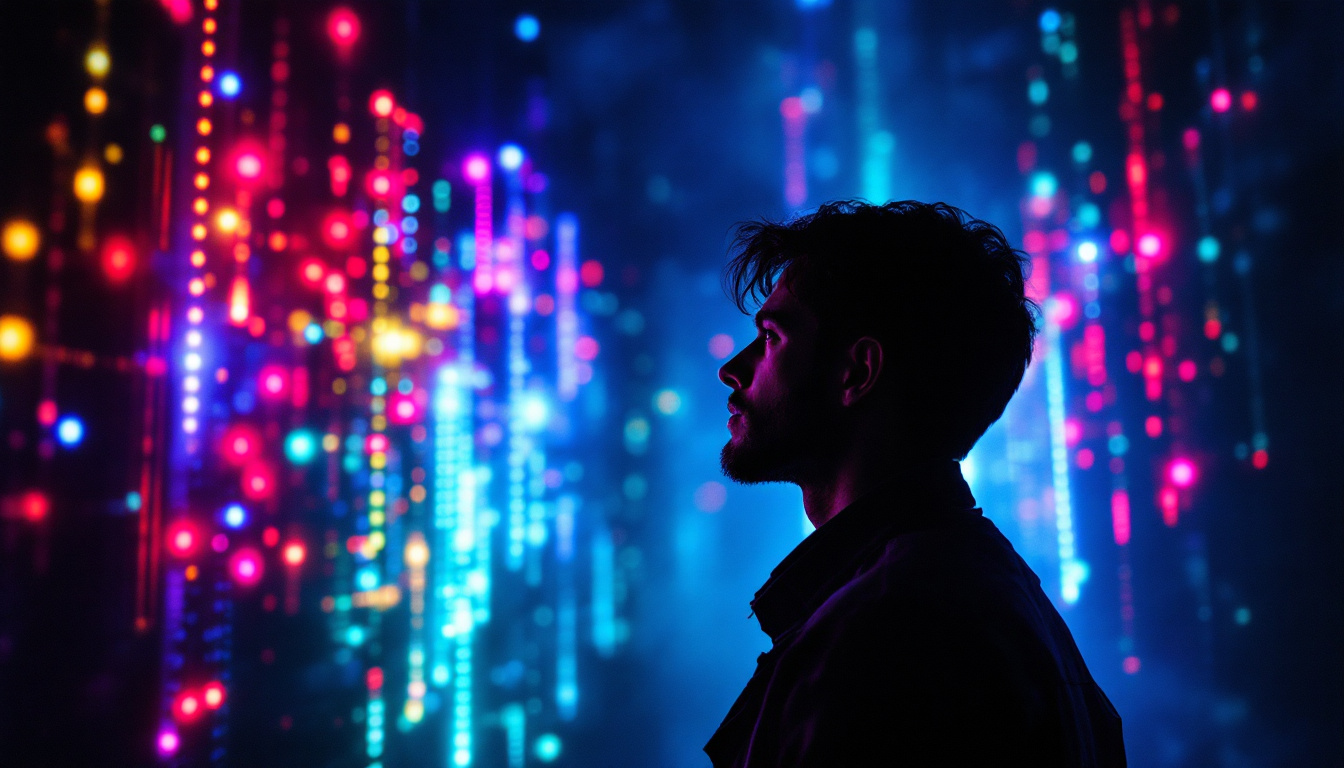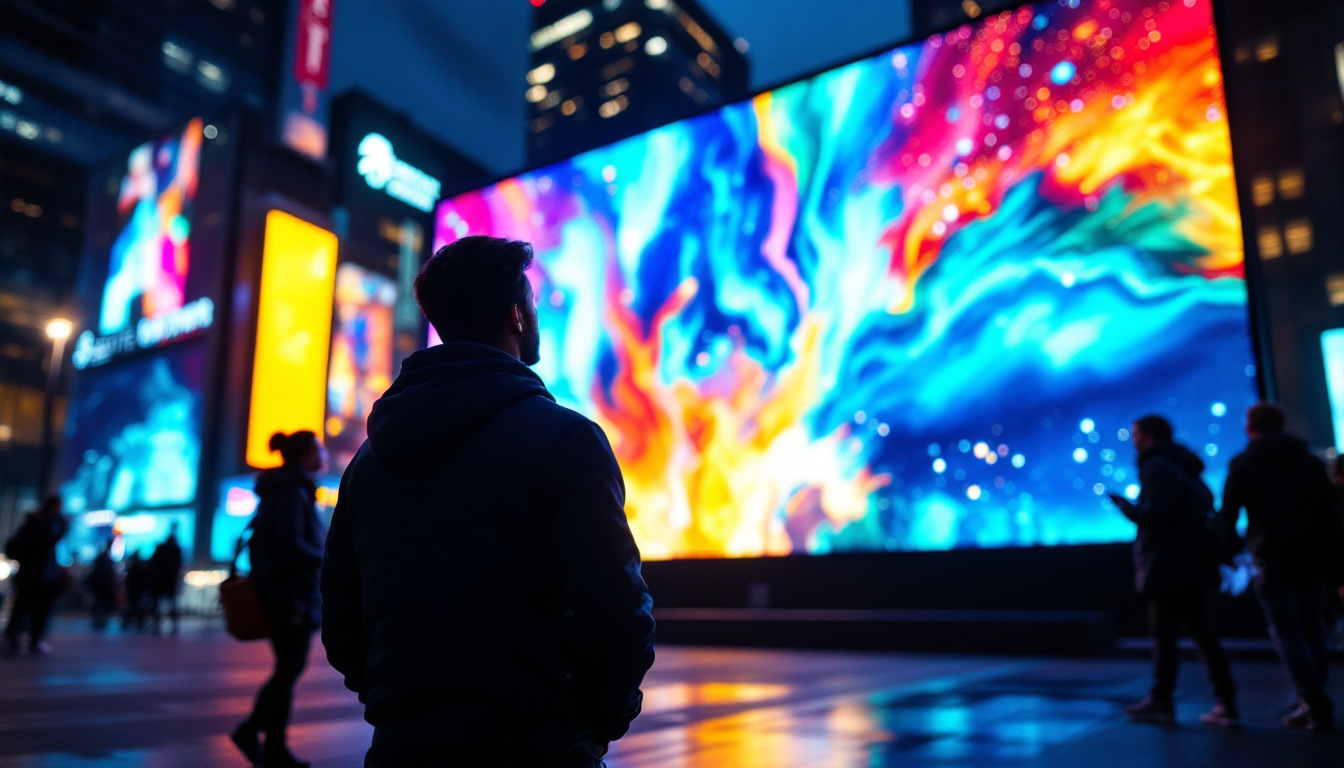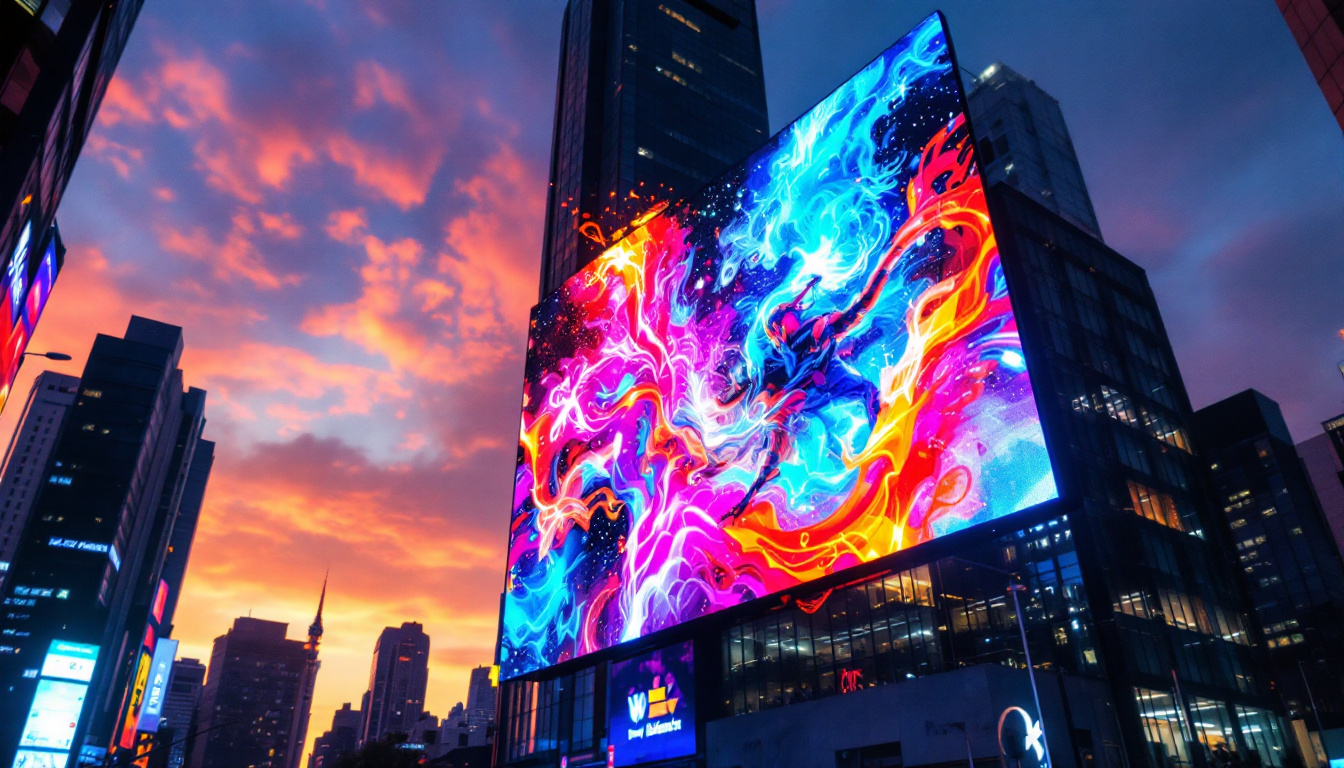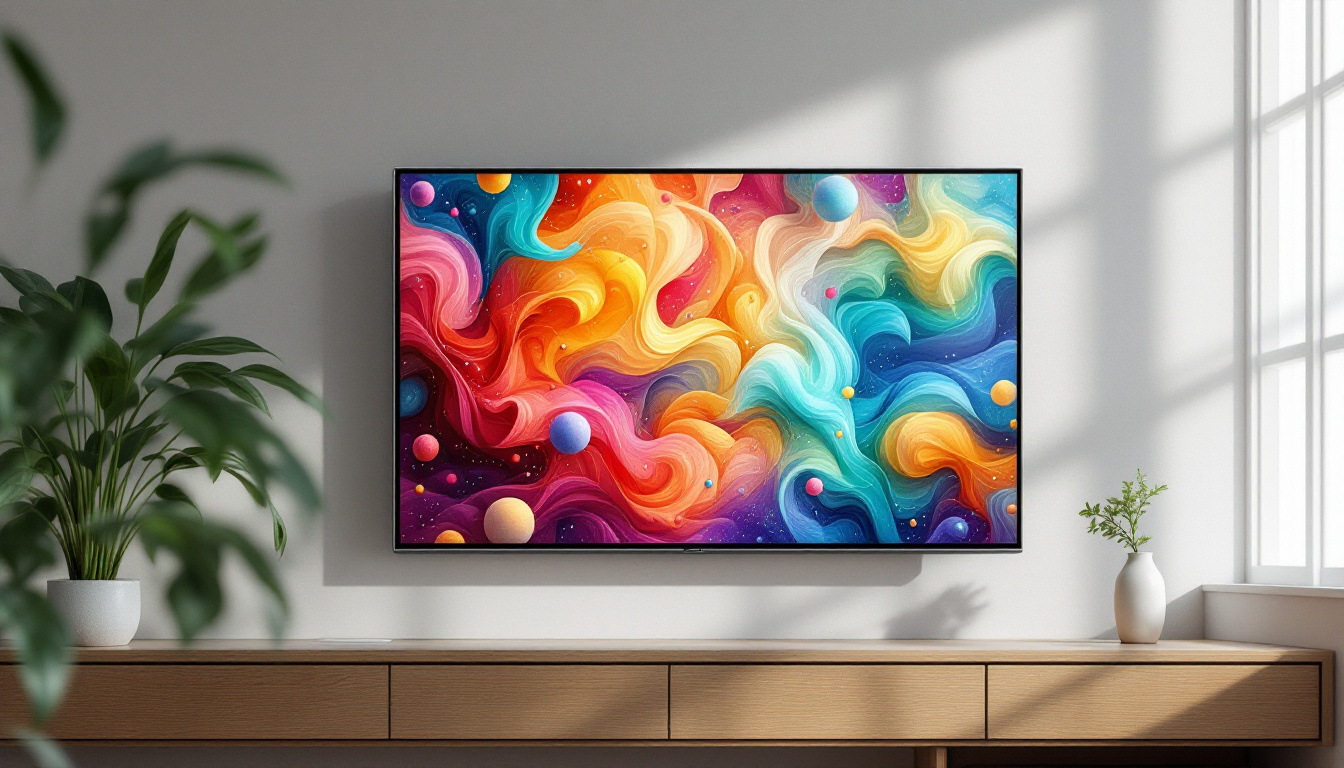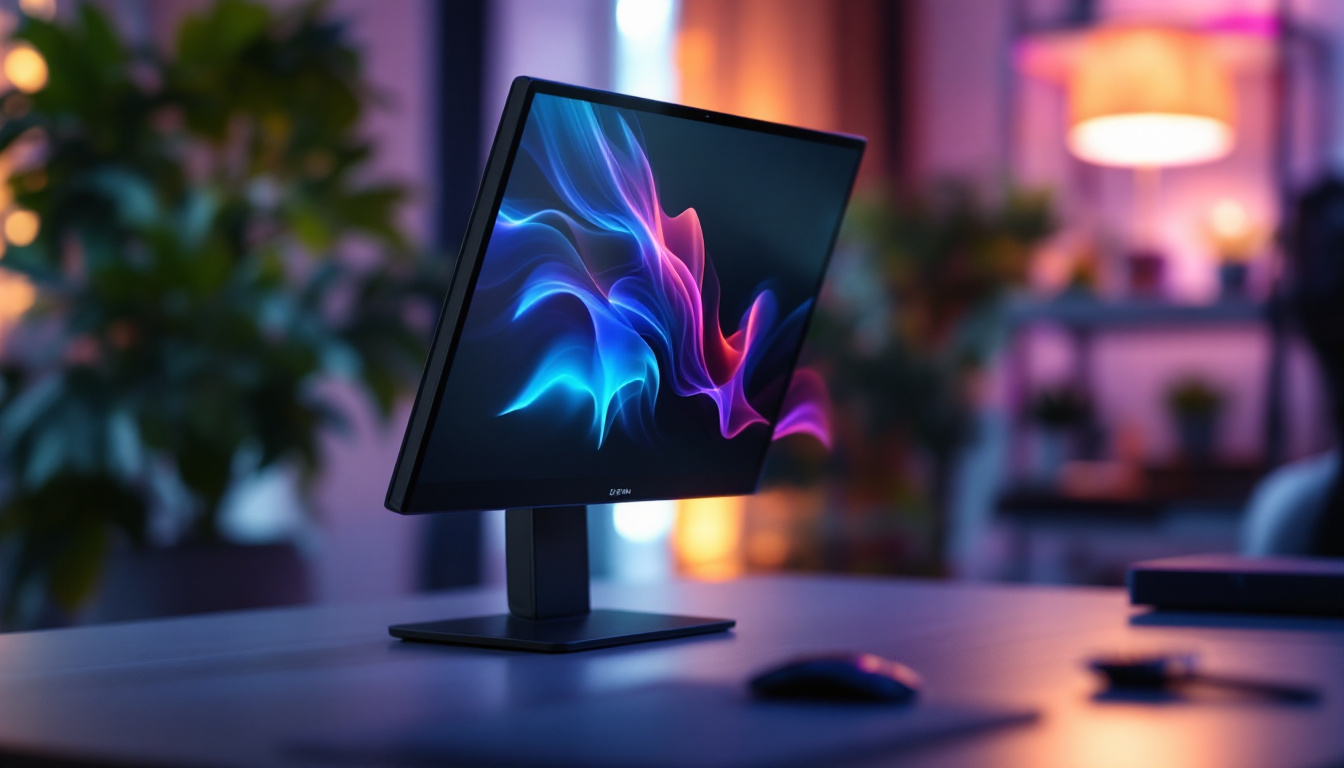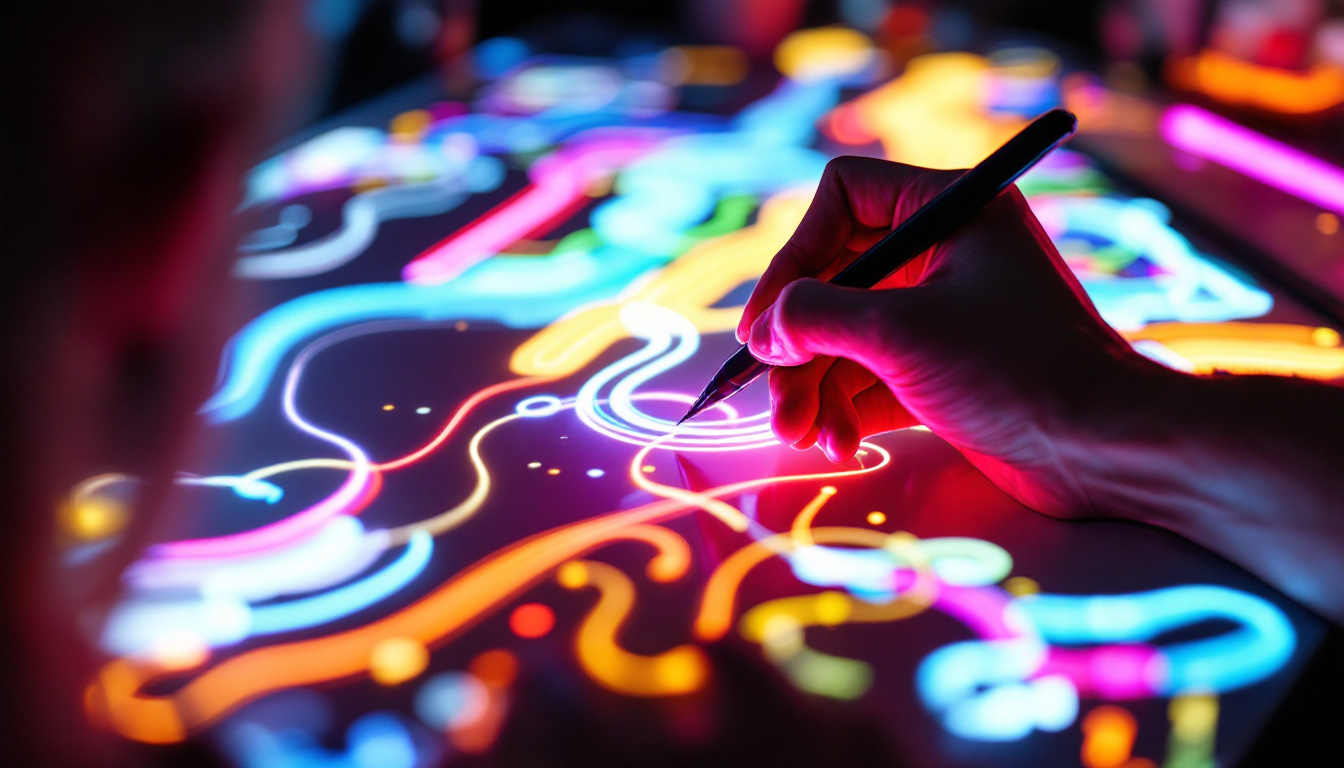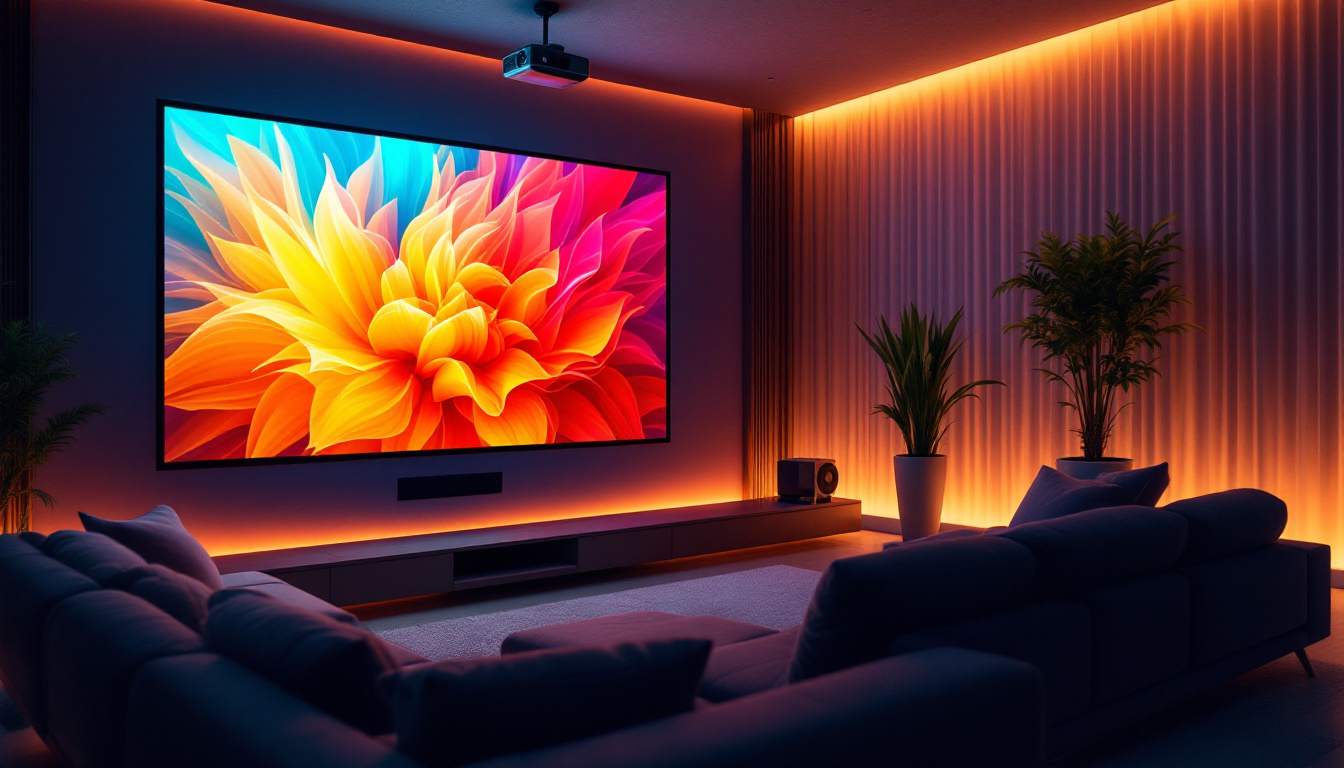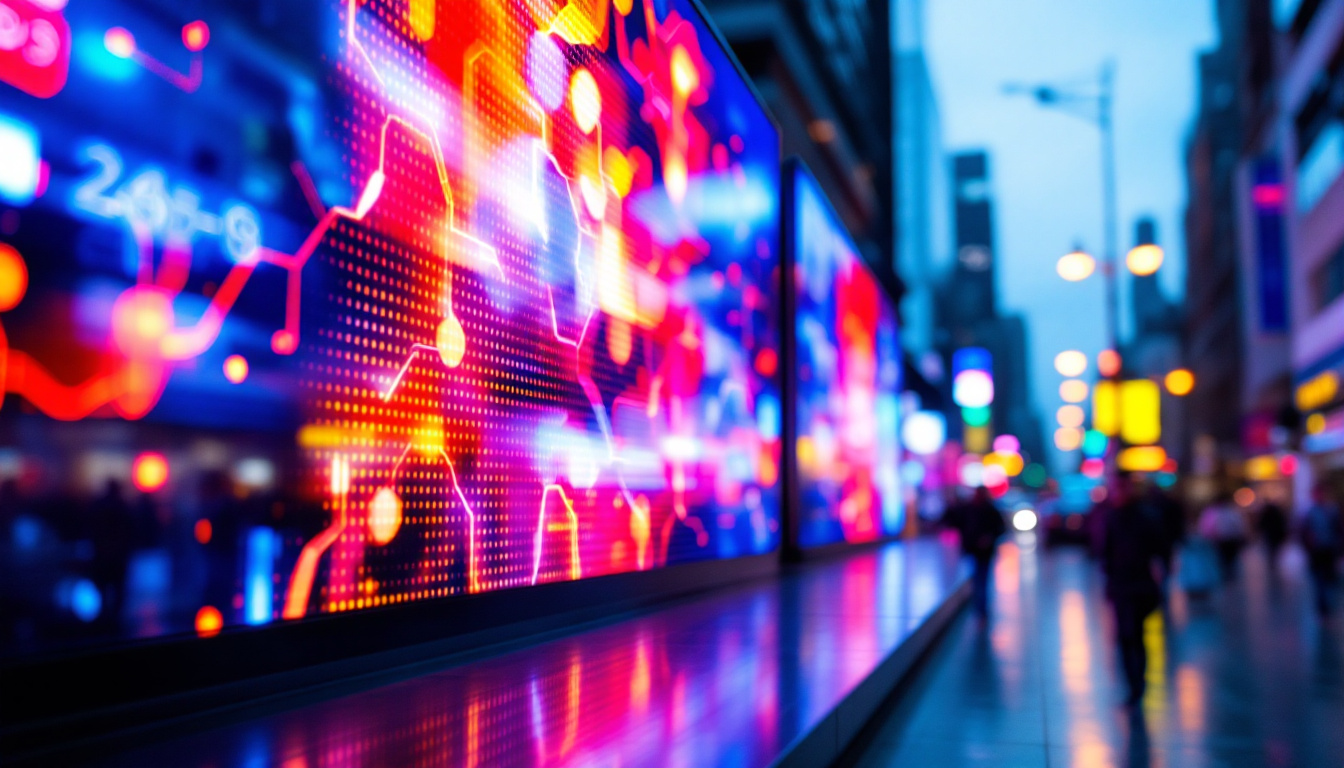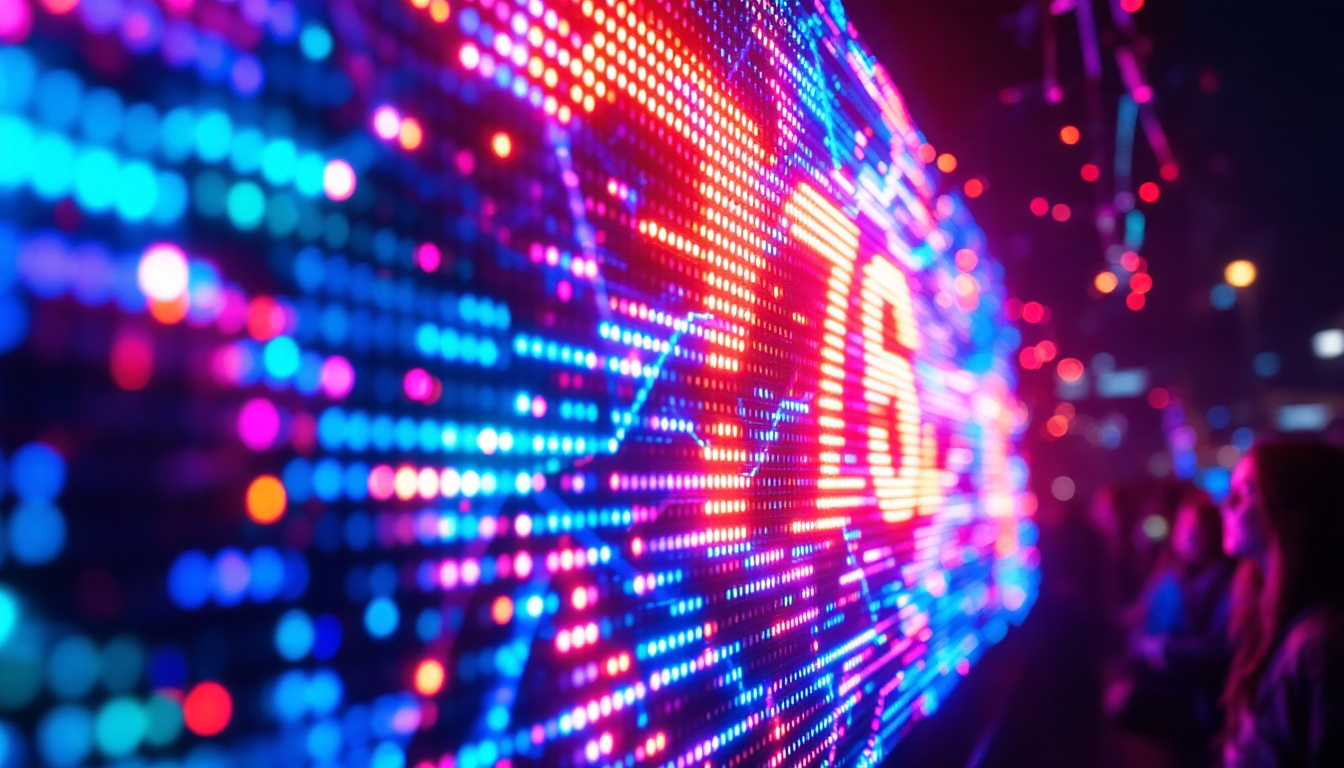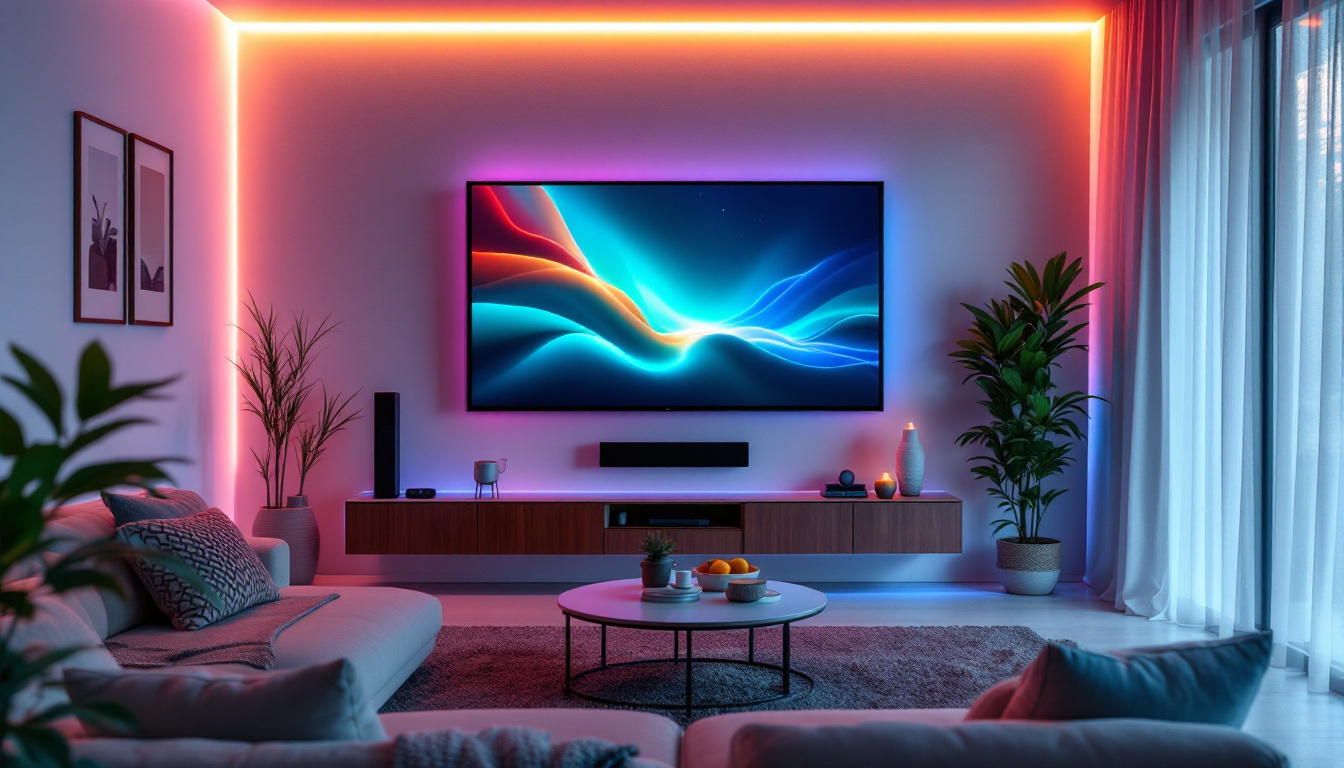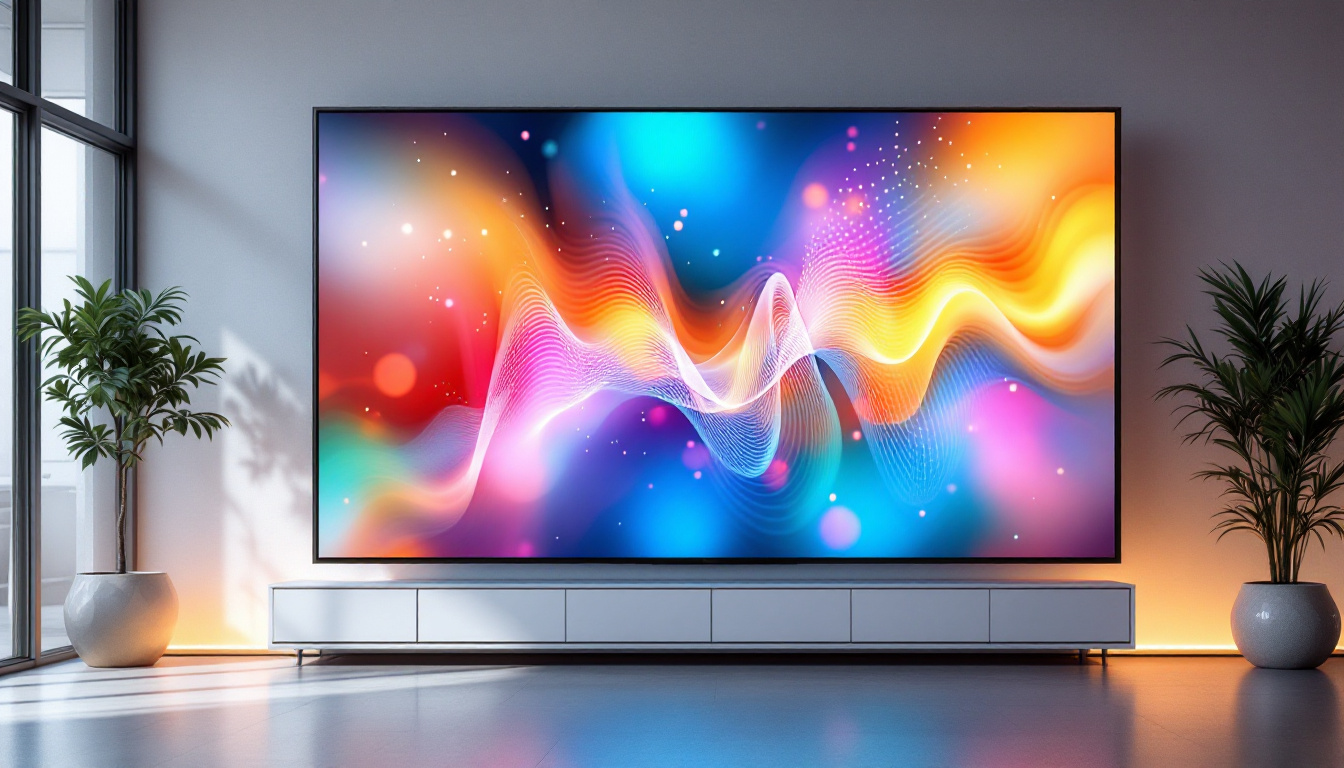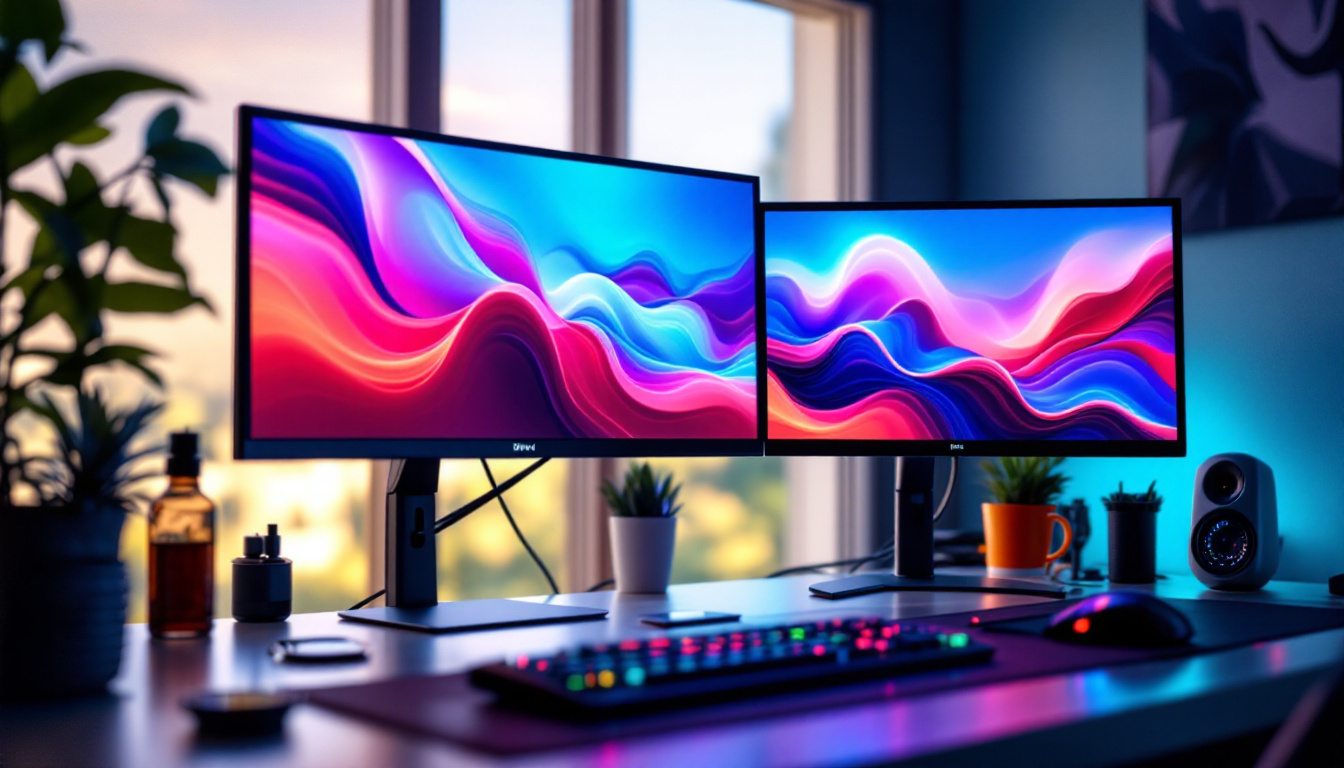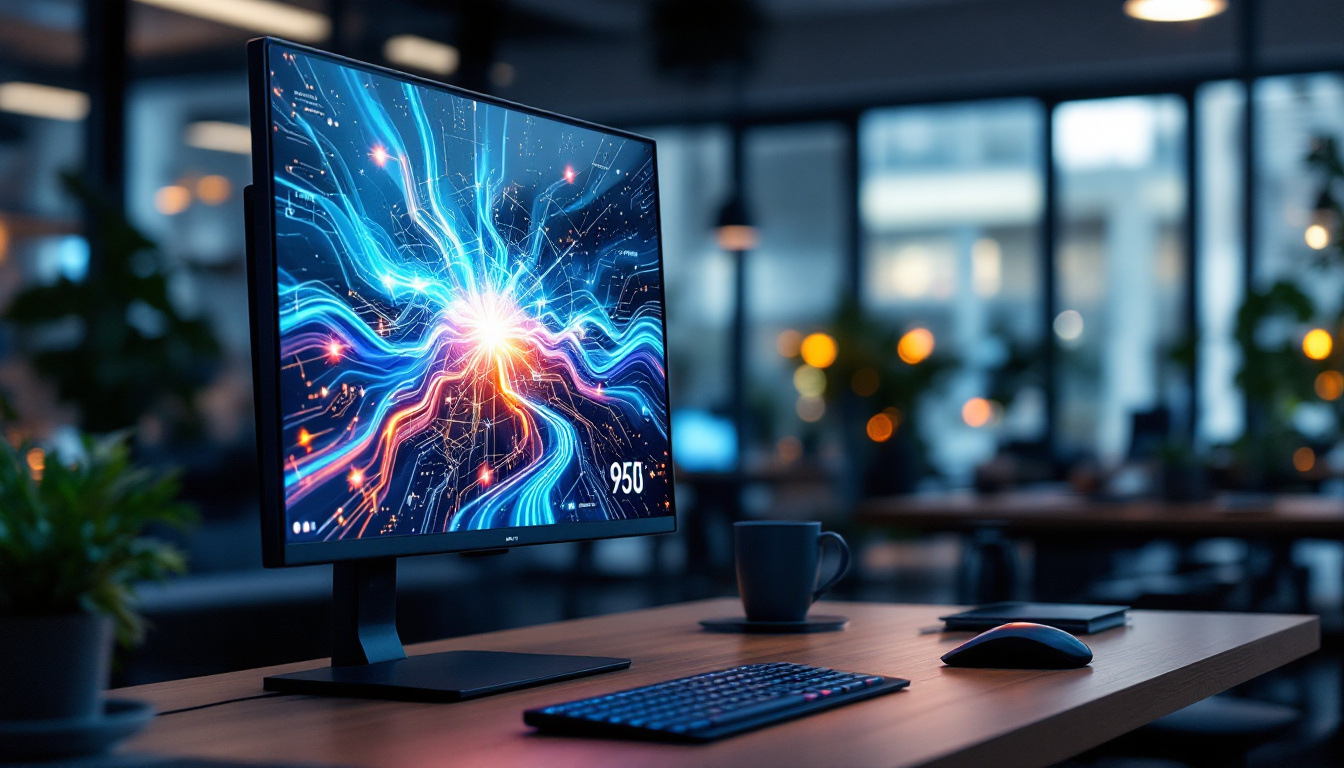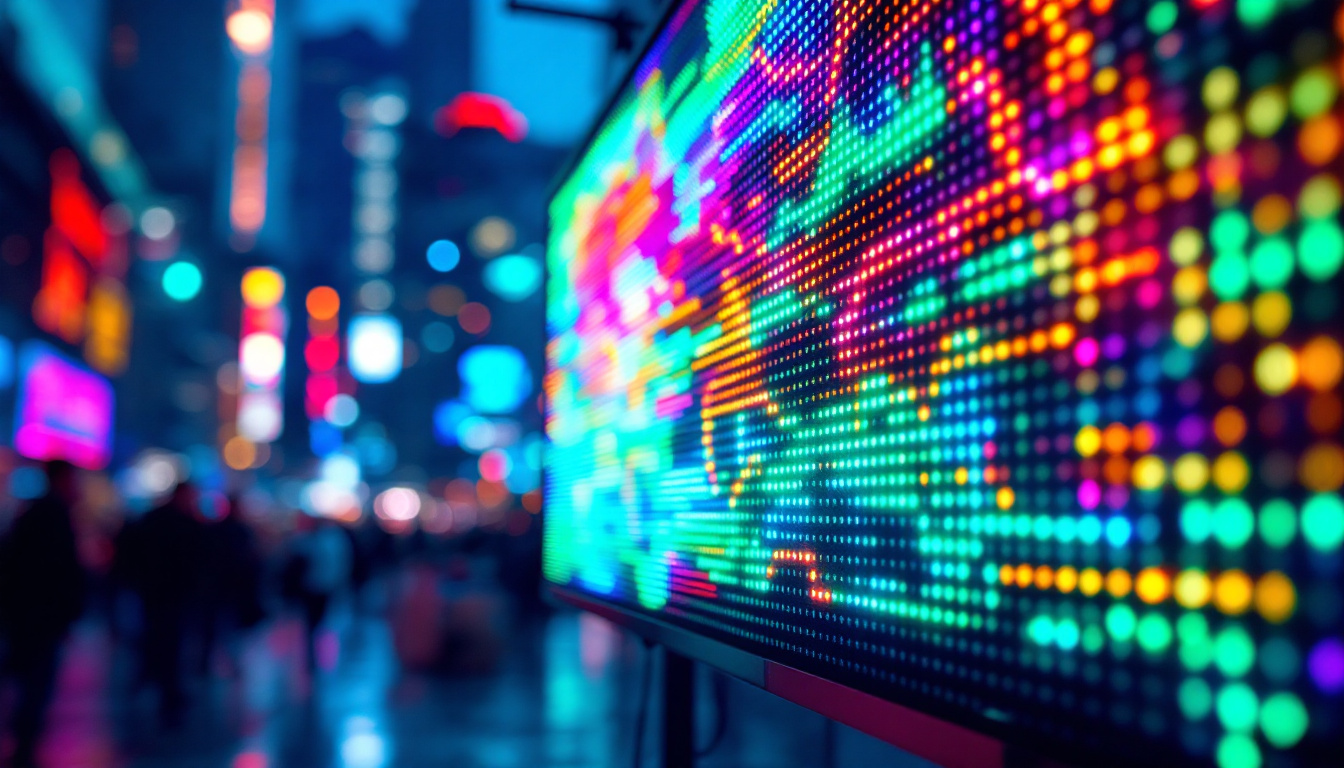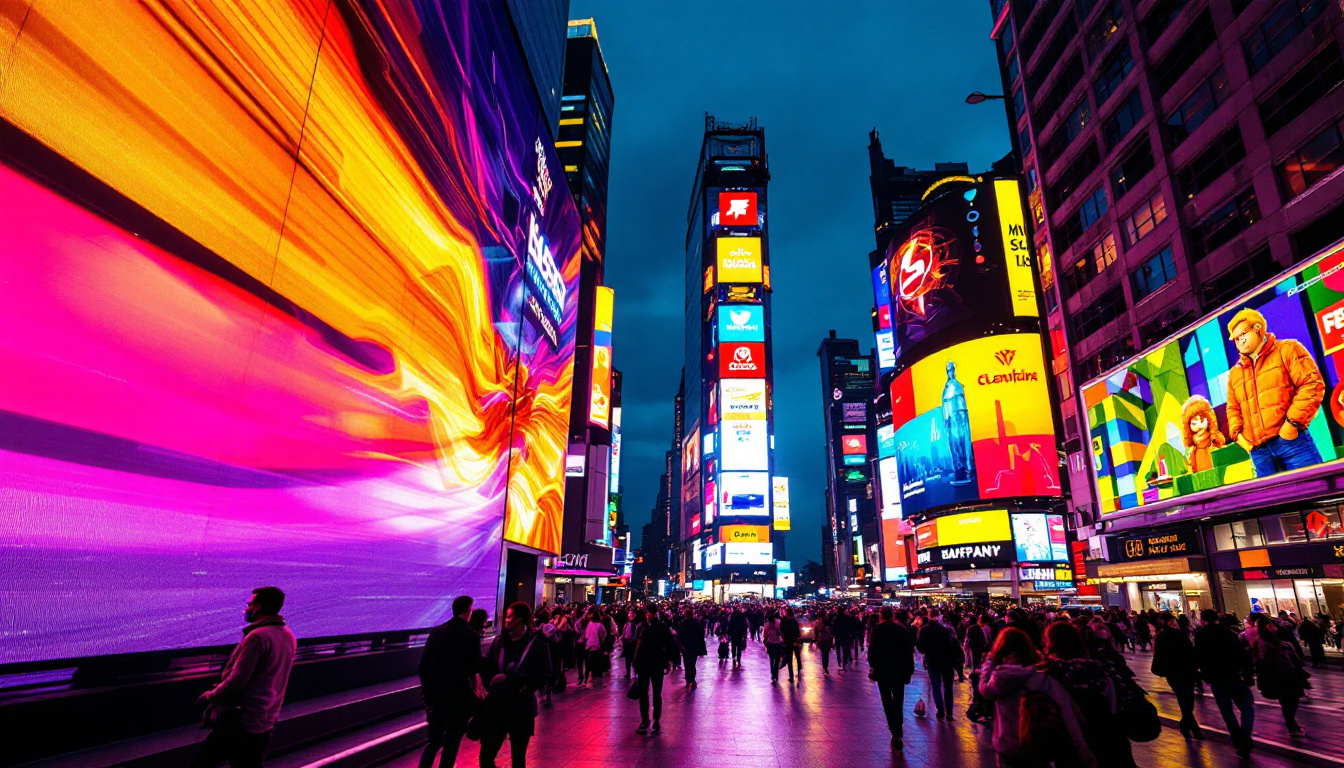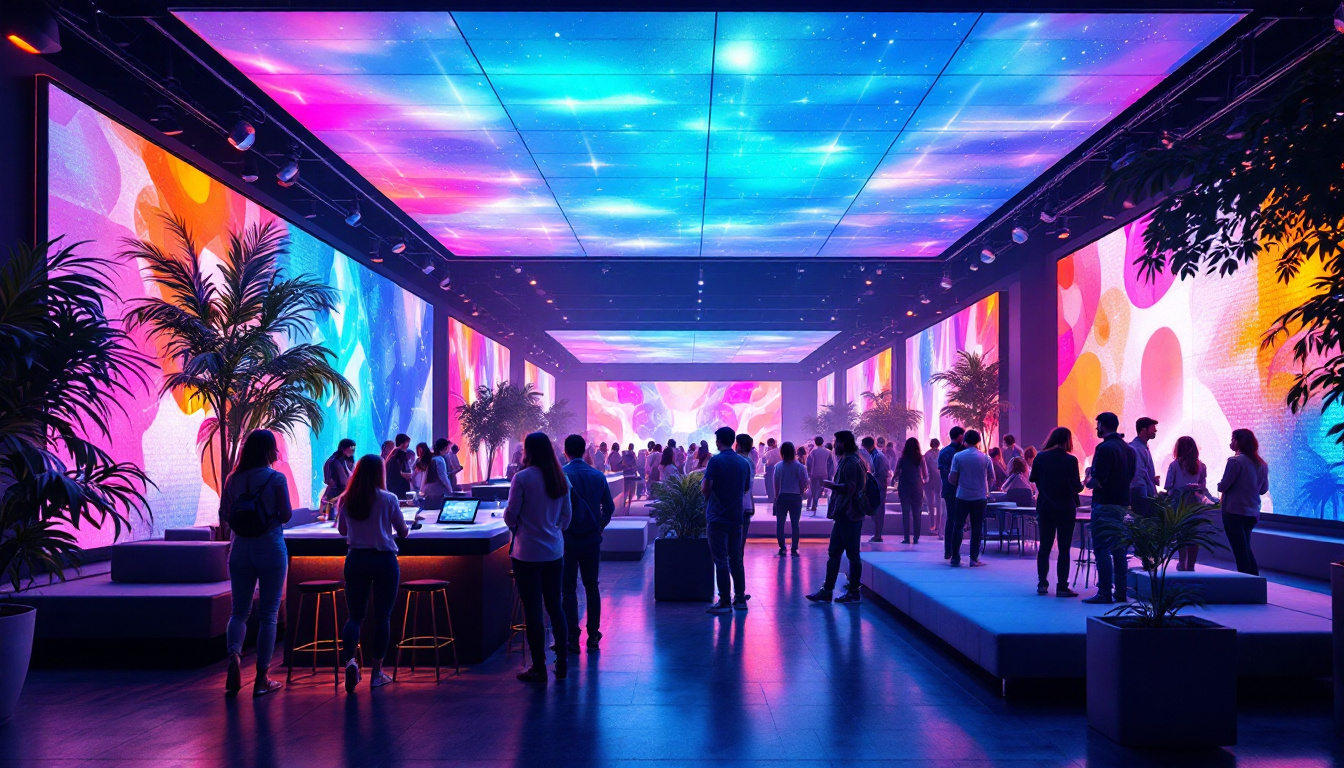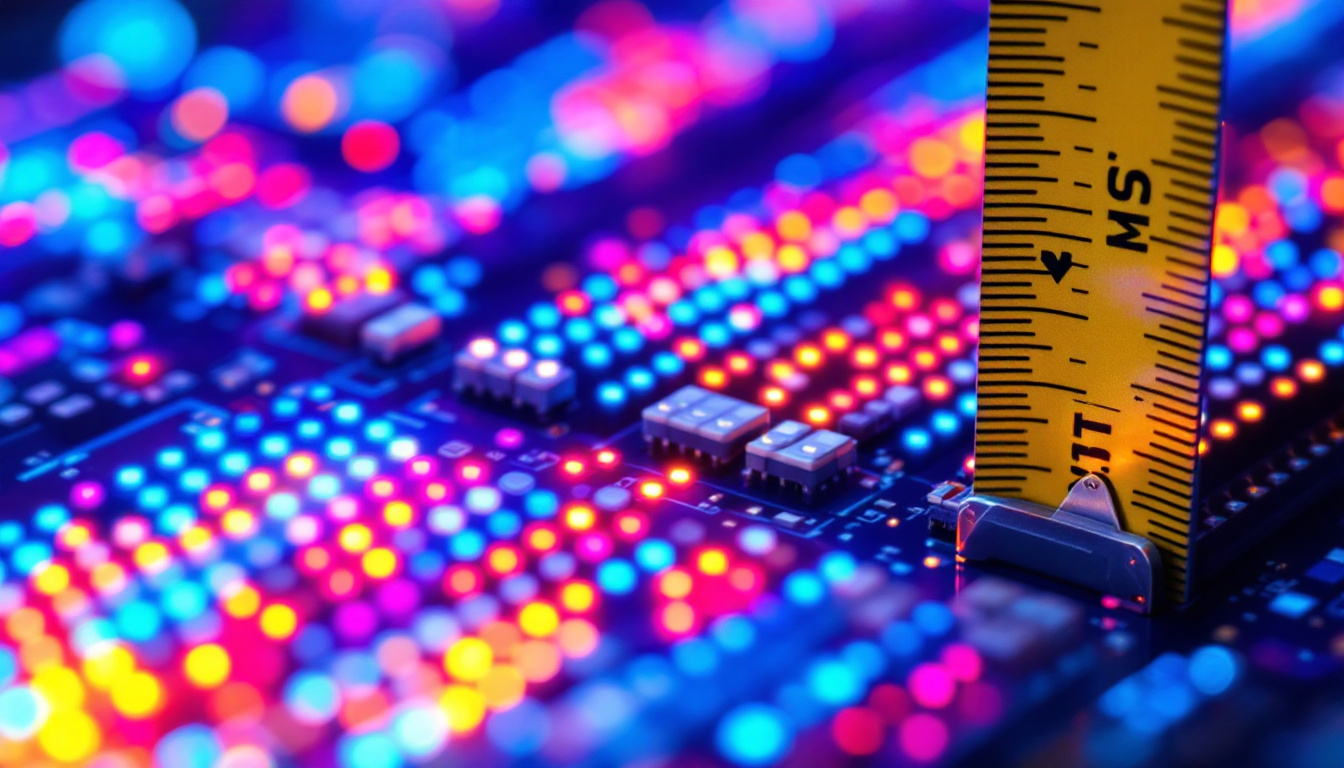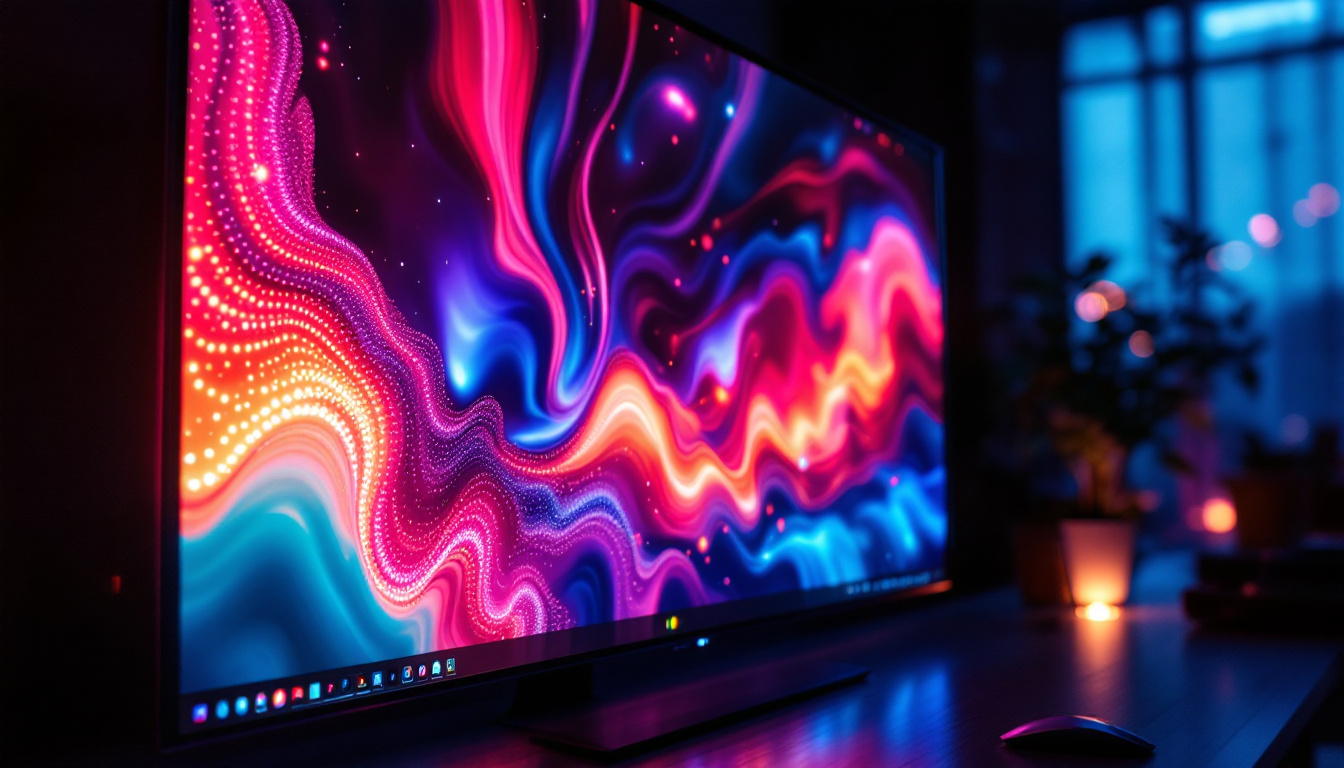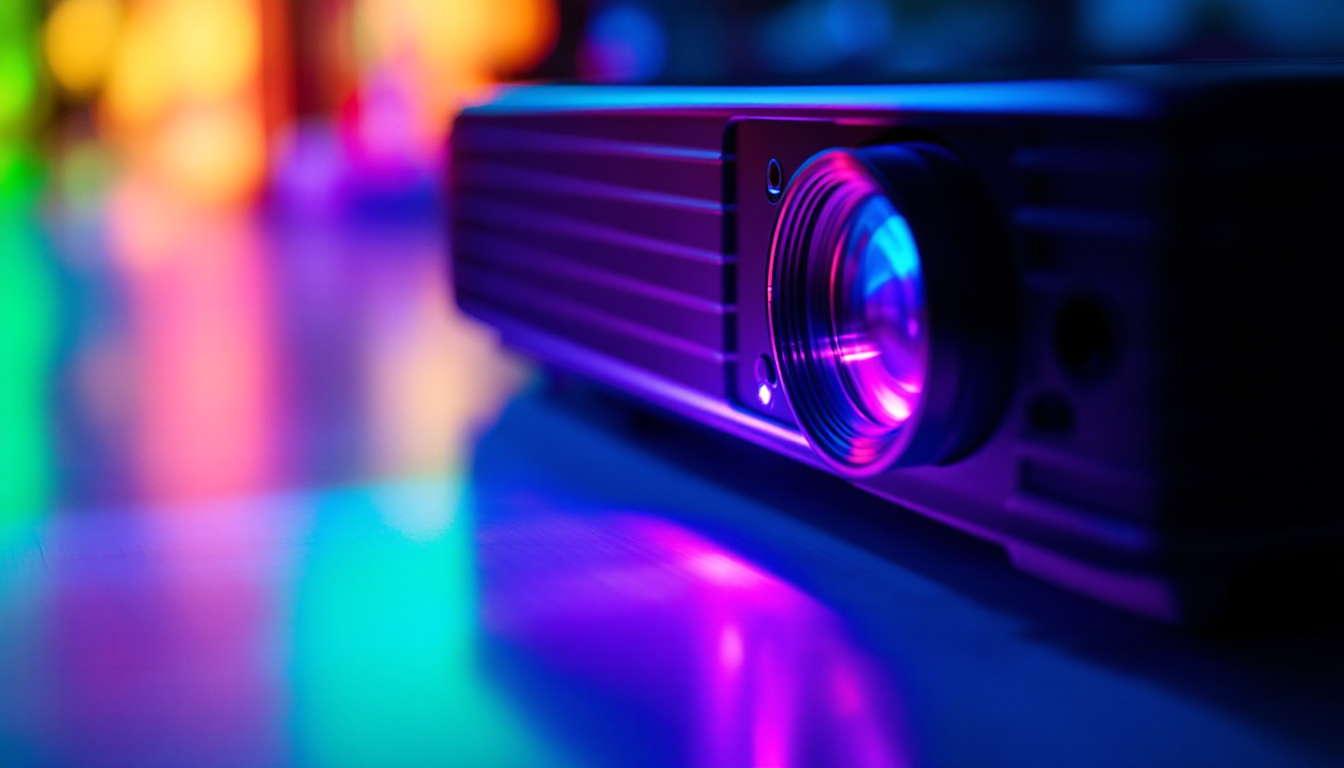In the ever-evolving world of advertising and marketing, 3D billboard images have emerged as a captivating medium that captures the attention of passersby. With the integration of LED display technology, these billboards have transformed traditional advertising into a dynamic and immersive experience. This article delves into the intricacies of 3D billboard images and the LED displays that power them, exploring their benefits, technology, and future potential.
The Evolution of Billboard Advertising
Billboard advertising has a long history, dating back to the 19th century when simple painted signs first appeared along highways and city streets. Over the decades, the industry has undergone significant transformations, adapting to technological advancements and changing consumer preferences. The early billboards served as a primary means for businesses to reach potential customers, often showcasing local products and services. As urban landscapes evolved, so did the scale and complexity of these advertisements, reflecting the burgeoning consumer culture of the time.
From Static to Dynamic
Initially, billboards were static, featuring painted or printed advertisements that remained unchanged for extended periods. However, as technology progressed, the introduction of digital displays allowed for dynamic content that could be updated in real-time. This shift not only increased the effectiveness of advertisements but also allowed for greater creativity and engagement. Advertisers began to experiment with animations and interactive elements, capturing the attention of passersby in ways that static images could not. Moreover, the ability to tailor messages based on time of day or audience demographics has made billboard advertising more targeted and relevant than ever before.
The Rise of 3D Technology
The latest leap in billboard advertising is the incorporation of 3D technology. 3D billboards create the illusion of depth and movement, making them more eye-catching than traditional flat displays. This innovation has revolutionized how brands communicate their messages, offering a more immersive experience for viewers. For instance, some brands have utilized augmented reality features that allow consumers to interact with the billboard through their smartphones, further enhancing engagement. The use of 3D elements not only draws attention but also encourages social sharing, as people are more likely to capture and post images of these striking installations on social media platforms, amplifying the reach of the advertisement beyond its physical location.
Understanding LED Displays
LED (Light Emitting Diode) technology is at the heart of modern billboard displays. These lights are energy-efficient, long-lasting, and capable of producing vibrant colors, making them ideal for outdoor advertising. The evolution of LED technology has transformed the way brands communicate with their audiences, allowing for dynamic and eye-catching displays that capture attention and convey messages effectively.
How LED Displays Work
LED displays consist of numerous individual diodes that emit light when an electric current passes through them. These diodes are arranged in a grid format, allowing for the creation of images and videos. The brightness and clarity of LED displays make them suitable for various lighting conditions, ensuring that advertisements remain visible even during the day. The technology behind these displays also includes sophisticated control systems that manage the timing and sequencing of the light emissions, resulting in smooth transitions and vivid animations that can engage viewers on multiple levels.
Benefits of LED Displays
One of the most significant advantages of LED displays is their energy efficiency. They consume less power compared to traditional lighting systems, reducing operational costs for advertisers. Additionally, LED displays have a longer lifespan, which means fewer replacements and lower maintenance costs. This durability is particularly beneficial for outdoor installations, where exposure to the elements can quickly degrade other types of signage. Furthermore, the low heat emission of LED technology minimizes the risk of overheating, contributing to a safer environment for both the display and surrounding areas.
Versatility and Flexibility
LED displays offer unparalleled versatility. Advertisers can easily change content, allowing for targeted messaging based on time of day, audience demographics, or special events. This flexibility enhances the effectiveness of advertising campaigns, as brands can tailor their messages to resonate with specific audiences. For instance, a restaurant might showcase breakfast specials in the morning and switch to dinner promotions in the evening, maximizing engagement throughout the day. Moreover, LED displays can be integrated with real-time data feeds, enabling them to display live updates such as news, weather, or social media interactions, further enriching the viewer experience and keeping the content fresh and relevant.
In addition to their advertising capabilities, LED displays are also increasingly being used in public spaces for informational purposes. Cities are adopting LED technology for digital signage that provides real-time information about public transport schedules, emergency alerts, or community events. This not only enhances the utility of public spaces but also fosters a sense of community engagement as residents and visitors alike can stay informed and connected through these dynamic displays. The adaptability of LED technology continues to expand its applications, making it a cornerstone of modern communication strategies across various sectors.
3D Billboard Technology
3D billboard technology combines LED displays with advanced imaging techniques to create stunning visual effects. By leveraging depth perception and motion, these billboards engage viewers in a way that traditional advertising cannot.
Creating the 3D Effect
The 3D effect in billboards is achieved through a combination of hardware and software. Specialized software generates images that simulate depth, while the LED display’s pixel arrangement enhances this illusion. Some billboards even use holographic technology, further elevating the visual experience.
Interactivity and Engagement
Many 3D billboards incorporate interactive elements, allowing viewers to engage with the content. This can include motion sensors that trigger animations or QR codes that lead to additional digital content. Such interactivity not only captures attention but also encourages audience participation, making the advertising experience more memorable.
Applications of 3D Billboards
The applications of 3D billboards are vast and varied, spanning multiple industries. From retail to entertainment, these displays have proven effective in capturing consumer interest and driving engagement.
Retail and Consumer Products
In the retail sector, 3D billboards can showcase products in a visually striking manner, drawing attention to new launches or promotions. For instance, a 3D advertisement for a beverage might simulate the drink pouring into a glass, enticing potential customers with a visually appealing representation of the product.
Entertainment and Events
For the entertainment industry, 3D billboards serve as powerful promotional tools. Movie studios, for example, can use these displays to create captivating trailers or teasers that immerse viewers in the film’s world. Events such as concerts or festivals can also benefit from 3D billboards, generating excitement and anticipation among potential attendees.
Public Awareness Campaigns
3D billboards are also effective for public awareness campaigns. Government agencies and non-profit organizations can use this technology to convey important messages in a compelling way. For example, a campaign focused on environmental conservation might feature a 3D display illustrating the impact of pollution on wildlife, encouraging viewers to take action.
Challenges and Considerations
While the benefits of 3D billboards are significant, there are also challenges and considerations that advertisers must address. Understanding these factors is crucial for maximizing the effectiveness of 3D advertising campaigns.
Cost and Investment
One of the primary challenges associated with 3D billboards is the initial investment required for the technology. The cost of LED displays and the necessary software can be substantial, particularly for smaller businesses. However, many advertisers view this as a long-term investment, as the potential return on investment can be significant when executed effectively.
Content Creation and Management
Creating engaging 3D content requires specialized skills and expertise. Advertisers must invest in high-quality content production to ensure that their messages resonate with viewers. Additionally, managing and updating content can be resource-intensive, necessitating a dedicated team to oversee these aspects.
Regulatory and Safety Concerns
As with any form of advertising, regulatory and safety concerns must be considered. Many cities have specific regulations governing outdoor advertising, including restrictions on brightness and content. Advertisers must navigate these regulations to ensure compliance while still delivering impactful messages.
The Future of 3D Billboards
The future of 3D billboards looks promising, with advancements in technology continuing to push the boundaries of what is possible. As consumer preferences evolve, advertisers must adapt to stay relevant and engage their audiences effectively.
Integration with Augmented Reality
One of the most exciting prospects for the future of 3D billboards is the integration of augmented reality (AR). This technology allows viewers to interact with digital content through their smartphones or AR glasses, creating an even more immersive experience. For example, a 3D billboard for a fashion brand might enable users to visualize how clothing items would look on them, driving engagement and sales.
Data-Driven Advertising
As data analytics becomes increasingly sophisticated, advertisers can leverage insights to create more targeted and personalized campaigns. By analyzing viewer demographics and behavior, brands can tailor their 3D billboard content to resonate with specific audiences, enhancing the overall effectiveness of their advertising efforts.
Sustainability and Eco-Friendly Practices
With growing awareness of environmental issues, the advertising industry is also moving towards more sustainable practices. Future 3D billboards may incorporate eco-friendly materials and energy sources, reducing their environmental impact. Advertisers that prioritize sustainability will likely resonate with consumers who value corporate responsibility.
Conclusion
3D billboard images powered by LED displays represent a significant advancement in advertising technology. By combining eye-catching visuals with interactivity, these billboards engage audiences in ways that traditional advertising cannot. While challenges exist, the potential for creativity and effectiveness in advertising is immense.
As technology continues to evolve, the future of 3D billboards promises even more exciting developments. Advertisers who embrace this innovative medium will be well-positioned to capture the attention of consumers and drive meaningful engagement. In a world where attention is a valuable currency, 3D billboards are undoubtedly a game-changer in the realm of advertising.
Illuminate Your Brand with LumenMatrix
Ready to elevate your advertising to the next dimension? LumenMatrix is at the forefront of LED display innovation, offering a diverse range of solutions to bring your brand to life. From the bustling streets to the heart of your next event, our Indoor and Outdoor LED Wall Displays, Vehicle LED Displays, and more, are designed to captivate and engage. Experience the future of visual communication with our Custom LED Displays, All-in-One LED Displays, and LED Transparent Displays. Check out LumenMatrix LED Display Solutions today and transform your message into an unforgettable visual journey.

